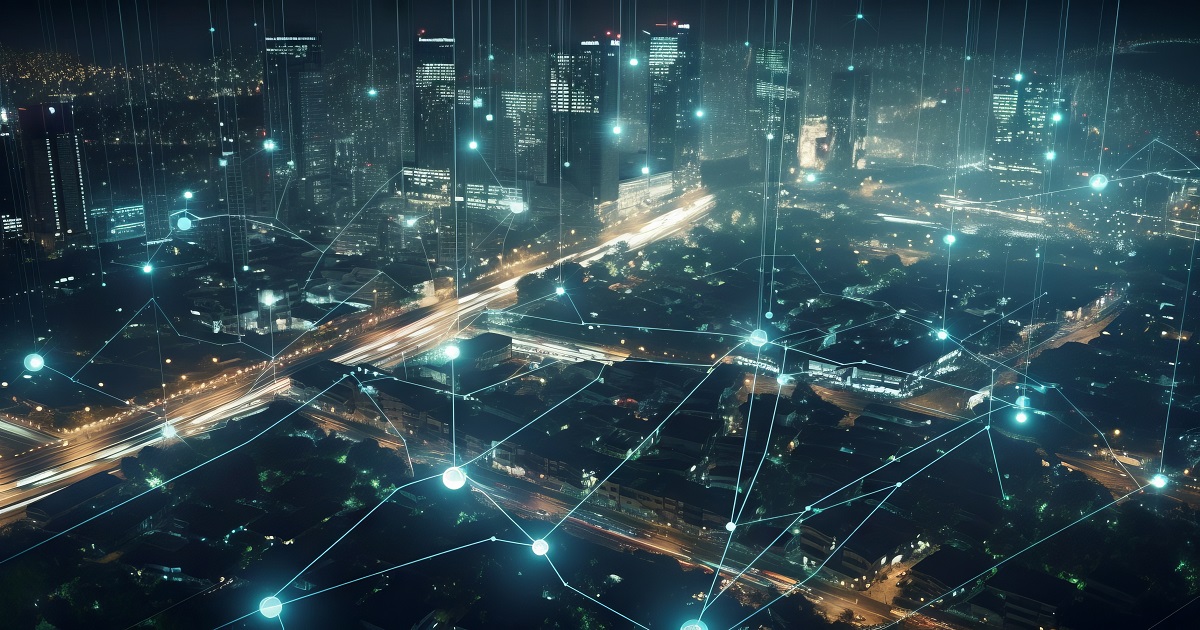
The iconic Empire State Building in New York City celebrates its 90-year anniversary in a couple of years. By this age, people usually get wiser or grumpier, or both. The ESB is just getting smarter, proving New York is one of the smartest cities in the world.
In 2009, Empire State Realty Trust and Clinton Climate Initiative Cities program built a coalition to seriously address environmental issues. Since then,
a solid team of Empire State Building, Jones Lang LaSalle (JLL), Johnson Controls (JCI) and Rocky Mountain Institute have been working on ESB
retrofit project - a part of $550 million upgrade - that would enable the celebrity building to take over the leadership in sustainability.
Initially, the renovation was expected to reduce energy consumption by 38 percent and reach $4.4 million return in annual energy savings. In reality, the project has been overrunning its own goals year by year.
Ambitious retrofit project has been going for almost a decade, and is still on. Built in 1930, ESB’s smart space today uses the combination of connected solutions that enable electricity consumption management, a number of “green” initiatives for water conservation and recycling and trifles like waterless urinals and refurbished windows.
For starters, global leader in creating intelligent buildings, Johnson Controls introduced efficient direct digital control system for ESB. Based on wireless sensor technology, Metasys enables smart automated control over property systems - cooling, electricity, room temperature, indoor air quality, etc. Thanks to various trackers - CO2, photo, motion, load occupancy and room temperature sensors - the building collects data, self-monitors the conditions and provides efficient coordination with minimum energy wasting.
On top of connected control system, smart telemetry provides ESB’s tenants with real-time data to monitor power consumption, compare performance and make insight-driven optimization decisions.
One of the tenants who already capitalize on the initiative is Skanska USA. Today, the company’s ESB office, which takes the entire 32nd floor, benefits from a 57 percent reduction in its electricity spending compared to its previous residence. For the record, besides environmental benefits, Skanska receives generous financial return for committing to the project. This reduction “translates to a total savings of approximately $680,000 for energy costs over the life of Skanska’s 15-year lease,” according to the published case study.
What is more, this effort was noticed with the highest award according to US Green Building Council’s LEED Rating System. Investment into intelligent design allowed Skanska’s office to be certified LEED Platinum.
In fact, Empire State Building itself has earned LEED Gold, proving the gramps still have it and with intelligent investment can lead the game.
“By earning LEED Gold, the Empire State Building has sent a powerful message that green buildings don’t have to be new – even the most iconic, historic buildings, as grand in scale as in reputation, can be among the most high-performing, energy-efficient, green buildings,” said Rick Fedrizzi, president, CEO and founding chair of USGBC.
Of course, ESB is not the world greenest edifice. Compared to Canadian TELUS Garden - a proud owner of LEED Platinum or Deloitte's The Edge scored the highest 98,36% sustainability rate, EBS has room to grow. But one of the world most famous buildings makes a vivid example of how smart investment can achieve great results.
Why AI
ESB was built in 1930, yet famous building and its tenants take serious advantages from today’s technology. It’s both impressive and promising how a historical construction of such complexity can be so classic and high-tech at the same time. Also, it’s a good example for a new generation of buildings that could be smarter. Why is it important?
Effective operation of intelligent buildings combined with evolving AI-enabled technology create encouraging perspectives for future economy:
- Thanks to predictive analytics based on machine learning algorithms, building management incorporates more efficient power consumption strategies, enables on-demand maintenance of in-building infrastructure, and thus cuts tremendous costs and avoids unnecessary human-heavy operations. Smart systems by Johnson Controls is just one example of how this synergy works and brings actual profit.
- Smart buildings collect tremendous amount of operational data and thanks to intelligent algorithms learn how to detect problems at early stage, recognize issues before first signs show, and even take preventive measures. In other words, AI-enabled connected buildings enable sustainability and strengthen security. Early problem recognition, in turn, brings far more than financial benefits. Efficient problem detection is the core of in-building safety and can, for example, prevent hundreds of people from deaths and injuries in electrical fires.
- Ecological benefits of AI-enabled building infrastructure are not less important, especially today. According to the new study on green-certified intelligent buildings by Harvard University, on average, for every dollar saved on energy costs by smart buildings, another 77 cents is saved in health and climate benefits. In other words, in addition to $7.5 billion in savings, studied buildings effortlessly make $6 billion. According to this proportion, smart ESB is supposed to produce $3.4 million worth health and climate value atop of expected $4.4 million return.
These non-exhaustive benefits show how AI-enabled technology today can accelerate smart building initiative. In the meantime, the example of revenue-generating EBS upgrade demonstrates that high-end technology suits building infrastructures of any complexity and age.
Edited by
Ken Briodagh





